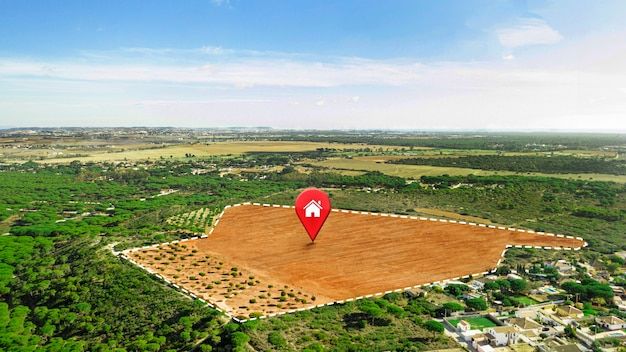

Purposes of Land Administration facilitates Sustainable Land Use, Resource Management, Disaster Management, tenure security, access to credit, taxation, Access to Basic Infrastructure etc. These objectives promotes smart, resilient societies with protected environment and builds peace, security and social justice
Land Administration Domain Model (LADM) Edition I was published as an International Standard (IS): ISO 19152:2012. This standards defines a reference Land Administration Domain Model covering basic information-related components of land administration (including those over water and land, and elements above and below the surface of the earth);
It provides an abstract, conceptual model with four packages related to parties (people and organizations); basic administrative units, rights, responsibilities, and restrictions (ownership rights); spatial units (parcels, and the legal space of buildings and utility networks); spatial sources (surveying), and spatial representations (geometry and topology);
It also provides terminology for land administration, based on various national and international systems, that is as simple as possible in order to be useful in practice. The terminology allows a shared description of different formal or informal practices and procedures in various jurisdictions;
It further defines a basis for national and regional profiles; and enables the combining of land administration information from different sources in a coherent manner.
During the 48th Plenary Meeting Week of ISO/TC 211 in Maribor, Slovenia, it was decided to design LADM Edition II as a multi-part standard with following Parts:
• Part 1 – Generic Conceptual Model
• Part 2 – Land Registration
• Part 3 – Marine Geo-regulation
• Part 4 – Valuation Information
• Part 5 – Spatial Plan Information
• Part 6 – Implementations